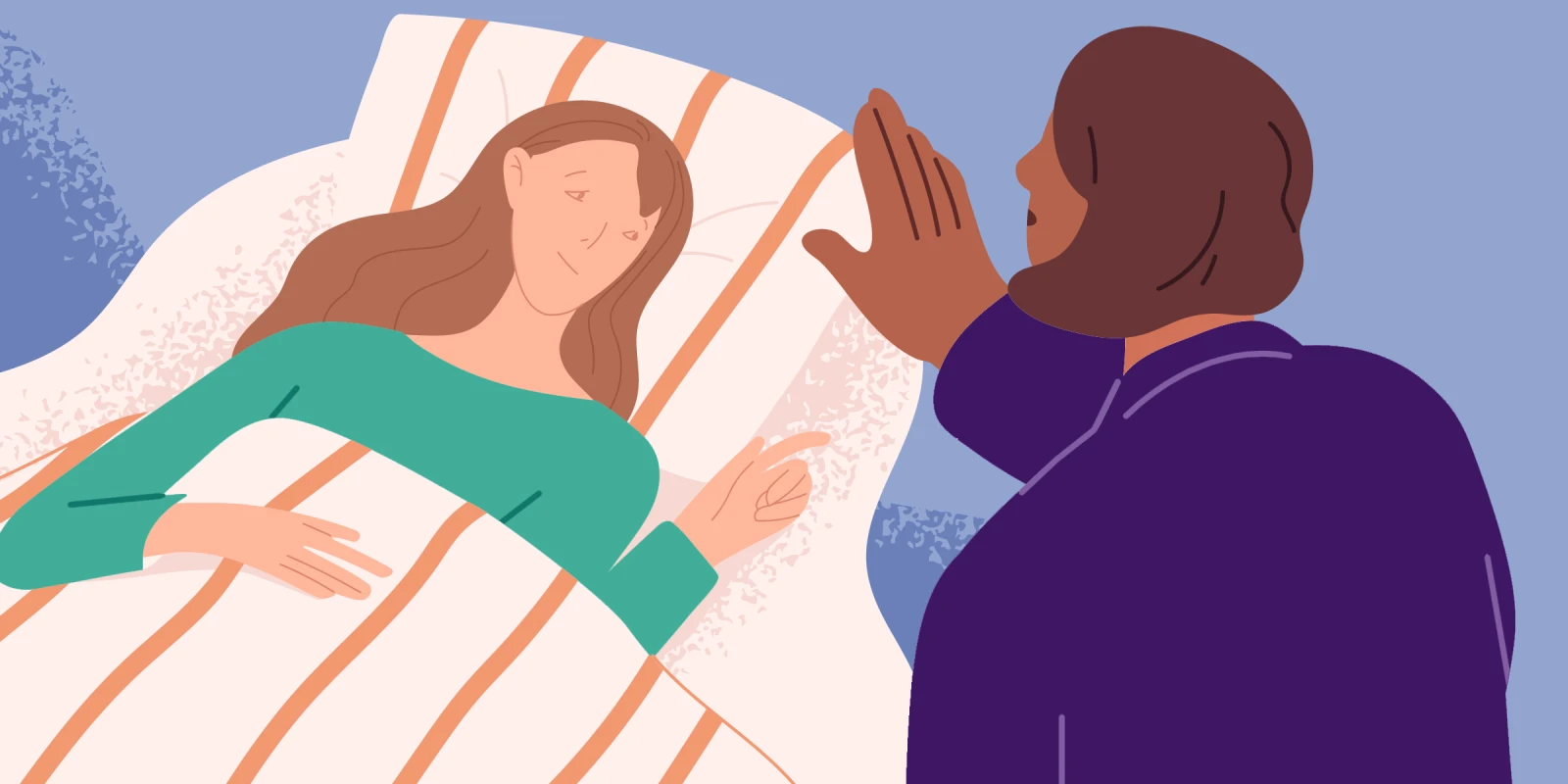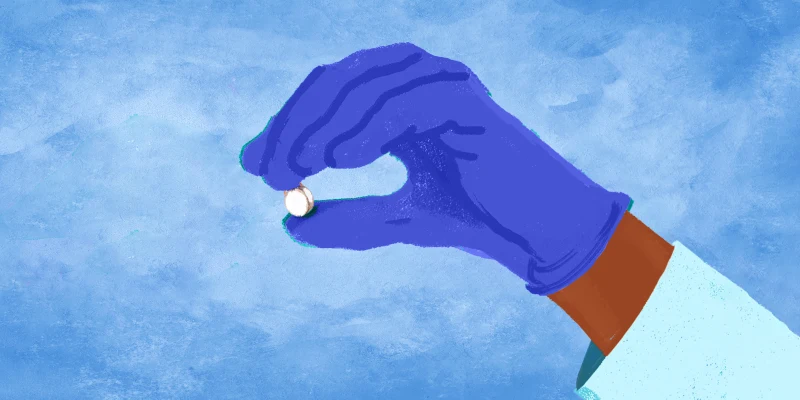Last month, I watched as the end of the gurney rolled into my clinic and paused — who was being transported by ambulance to clinic rather than the more common other way around? To my surprise, it was my next scheduled patient.
Eighty-two-year-old Mr. Miller and I first met over a year ago, after he had been diagnosed with metastatic colon cancer. In that initial visit, Mr. Miller was accompanied by his adult son and wife; I remember that the four of us packed into the examination room, where I reviewed his medical history and discussed the next steps in his care. This past month, despite not having seen the wife and son in person since last year due to COVID-19 regulations, I quickly recognized the family standing beside the gurney — though I could hardly recognize Mr. Miller himself.
“Doctor, we need help,” Mr. Miller’s son said.
Following a year of cancer therapy, the son explained, Mr. Miller was now too weak to walk and, after a recent stroke that left him partially paralyzed, was hardly able to speak or swallow. His adult children and aging wife provided full-time care for him at home. This included not only the traditional activities of daily living, like feeding, bathing, toileting, and dressing, but also medication management and wound care for his developing pressure ulcers as he became fully bedbound. For this visit, his family had coordinated an ambulance transfer to get him from their home to the clinic, enduring over two hours of grueling Los Angeles traffic.
According to national surveys conducted before the COVID-19 pandemic, my patient’s family members were among the 21% of Americans, roughly 53 million people, who are unpaid caretakers for adults with health or functional needs. During my residency, I have been astounded by examples of the extraordinary dedication and tender caretaking provided by family members like them. Throughout the course of our discussion last month, I learned that Mr. Miller’s son had taken unpaid leave from work, and now, my patient’s wife and adult children were alternating around-the-clock shifts. Their home had also evolved to fit the patient’s needs: a hospital bed in the living room, a bedside commode (now abandoned after lifting him accumulated an increasing risk of falls), and a counter full of medical supplies. Without any specialized training, they had no choice but to figure out how to care for his needs on their own. His son explained, “We have to do this for him. He worked every day and took care of our family.”
Although Mr. Miller alone was my patient, I was also worried about his family members, whose full-time caregiving had been only marginally offset by short, limited visits from a home health agency. Though bolstered by a remarkable sense of duty, caregivers like those for Mr. Miller also face consequences due to the high-stress position. During the COVID-19 pandemic, these challenges have been further exacerbated, leading to worsening anxiety, depression, fatigue, and financial worries among patients’ caregivers. And of course, the toll may be even greater when caregivers are older, in poor health themselves, or have limited flexibility in their jobs. Like her husband, Mrs. Miller was nearly 80 years old, and admitted to sleeping for only a couple of hours each night as she sat anxiously awake next to my patient’s at-home hospital bed. In the exam room, she stared at the gurney, eyes solemnly blinking back tears. When I asked how she was doing at home this past month, she said, “We are trying … we are trying our best.”
Last month’s visit only provided a glimpse of Mr. Miller’s situation, and in the coming weeks, I learned more when checking in with his family over the phone. Since Mr. Miller could no longer transfer his weight on his own, his family repurposed sheets to gently lift or turn him in bed. Since Mr. Miller could no longer feed himself, his wife sat at his bedside spooning each bite into his mouth. With these rituals, caregiving was at once mundane yet labor intensive, while the fear of his uncertain decompensation lingered in the background.
Undeniably, it is unpaid caregivers like my patient’s family that are essential for the well-being of patients who are older or have complex medical needs, yet we still lack the proper support for them. Without adequate training, respite, or financial resources, this situation will never improve. The U.S. is one of six countries in the world without national paid leave, including for maternity, paternity, or medical needs, and recent national policy debates on the cost of in-home care and paid family or medical leave have left us without solutions. Without policy consensus, the number of unpaid, overworked family caregivers will only grow.
In the meantime, my experience with Mr. Miller and his family has taught me how I can better support my patients: by broaching the topic of who provides care at home, and what their relevant backgrounds or abilities are. It’s only through gathering a clear picture of our patients' needs and the solutions on hand that we can ensure that our patients, and those who care for them, are achieving the most optimal health possible. For Mr. Miller’s family, a team-based approach involving home health agencies, social work resources, and coordination with his other doctors was a start to fill the gap.
Do you see patients whose families are suffering from strain that is not amenable to a treatment plan under your care? How do you think the system might be improved to alleviate some of the caregiving burden? Share your thoughts in the comments.
Evaline Cheng is an internal medicine resident at the University of California, Los Angeles and an aspiring cardiologist who seeks to improve the delivery of cardiovascular care. As a lifelong journal writer, she now shares stories of narrative medicine to connect and project voices otherwise unheard. Dr. Cheng is a 2021–2022 Doximity Op-Med Fellow.
All names and identifying information have been modified to protect patient privacy.
Image by GoodStudio / Shutterstock




